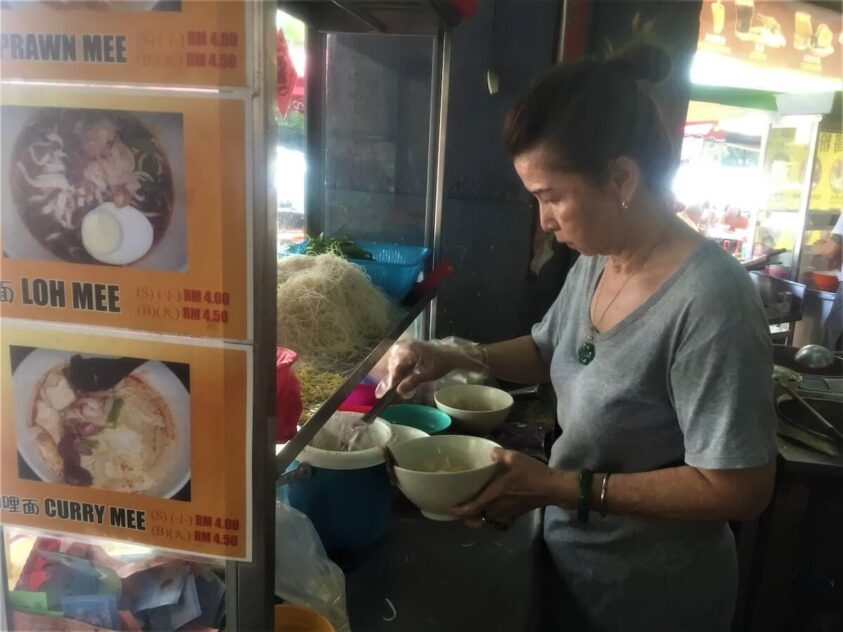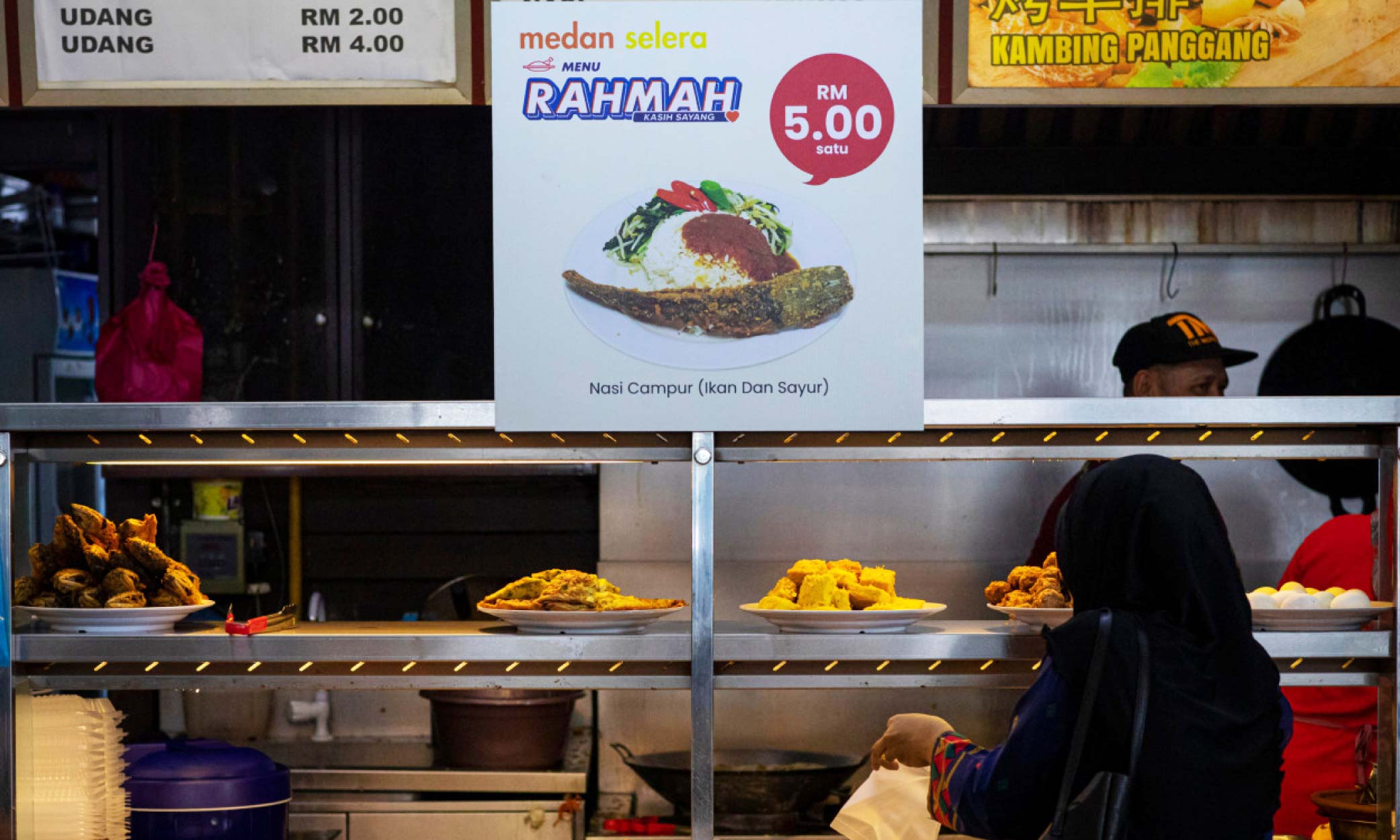RECENTLY, the Minister of Domestic Trade and Costs of Living Datuk Seri Salahuddin Ayub said his ministry will be reviewing the Menu Rahmah.
To just kill off the Menu Rahmah because of the negative responses received would be a waste of all the efforts that the minister and his deputy had put in to introduce the RM5 meals in restaurants.
The sources of the negative feedback could have come from the opposition and their supporters who try to frustrate every good effort by the unity government to help the poor, the retirees and those with tight budgets.
Or, they actually come from competitors whose businesses are affected because their clients have now gone to restaurants which also offer the Menu Rahmah.
In an earlier article, we highlighted the success of Menu Rahmah based on the feedback received from stalls that are selling their meals at RM5.
Kamal Hero Malaya, for example, showed the business model worked for him, raking more profits compared to the usual sales.
Others also shared their excitement when they saw the money coming in. This was in response to Netizen Shahrul Reza Kadir who wanted to know how the Menu Rahmah business model works.
To answer his question, we visited a stall selling Penang Curry Mee, Penang Prawn Mee and Penang Lor Mee at Lim’s Sister in Taman Sri Bintang, Segambut right next to SJK (C) Kepong 3.

They have been selling their bowl of Penang goodies at only RM4 long before the Menu Rahmah was introduced by the ministry. By 11am, it’s sold out for the day. And business has been good for them for many years now.
Another food stall operator, Nurul Hashima Abu Aris sells packets of rice in front of the Al-Falah surau, Section 6, Kota Damansara for only RM3.50. It is also doing well.
We have mulled over their business model. Here is what we can offer.
Maxim drawn from other examples
One often equates profits with just high profit margins to justify higher labour cost, rental and other overheads.
They have forgotten how China has become prosperous over the past two decades by raising its productivity level which drove down their cost of production in order to meet a bigger market reach.
The Chinese, and the Japanese, have learnt the secrets from Henry Ford and applied these business principles to their home-grown industries. In the past, we used to say that Japanese and Chinese products, although cheap, are not lasting.
Publishers of books in the United States also know this very important secret: increase the number of books printed to drive down the cost of each book.
If you print 1000 copies of the same book, the total cost of production may be RM8 a book, but if you print 20,000 copies, each book may cost a mere RM2.
If your breakeven point is RM10,000, you need to only sell 625 copies @ RM18 to recover your cost, compared to one who only prints 1000 copies of the same book.
The rest of the 19,375 copies, you can sell at just RM3, and it is still a profit of RM19,375! Does this sound familiar now how the American publishers operate?
This is why after publishers have reached their breakeven point, or reached their targeted profits for each title, you can get the same books at Big Bad Wolf Book Sales for only RM1 a copy! Every book they sell contributes RM1 to their profit margin.
The same principle applies in multilevel marketing, where the higher you move up the ladder, although the commission earned is only a small percentage, but the amount earned is huge based on the volume of business generated.
Menu Rahmah is a game of numbers. The biggest cost that kills most restauranteurs is the number of choices they have on their menu which is translated into higher inventory cost and lower turnover. – May 23, 2023
Main pic credit: The Merdeka Times










